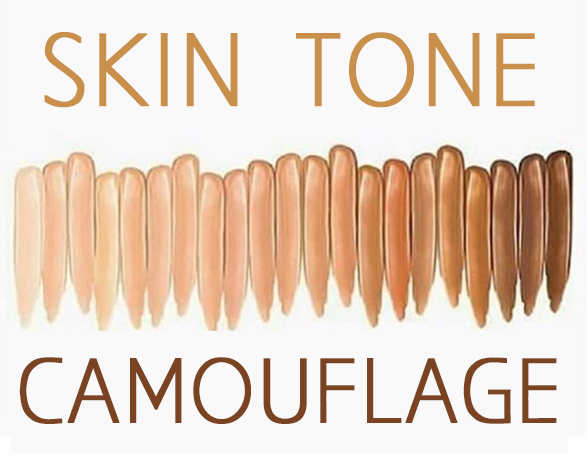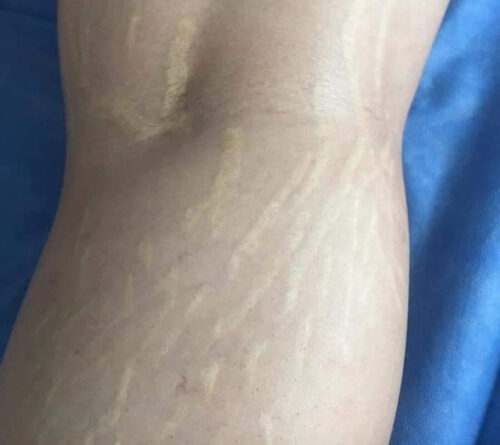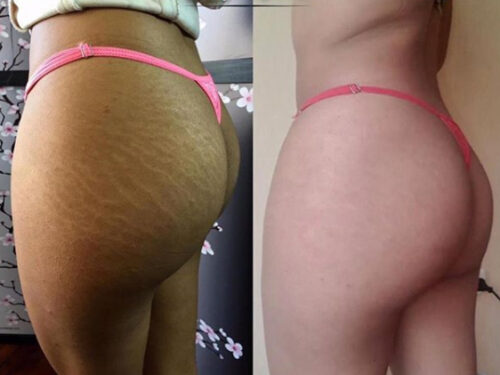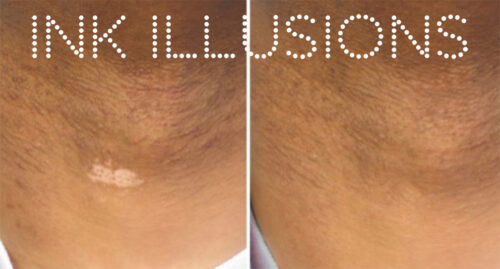All About Skin Tone Tattoo Colour

Result 1 on the right (left hand image) shows an example of one of a students result on a client who was trained by the Brazilian pioneer – she had no idea what she had done wrong and of course the teacher himself wasn’t interested in responding to her. Unfortunately, for this client, the only option is removal. Result 2 on the right hand side shows another example of lack of knowledge on on how to do this treatment correctly.


To a point, the Brazilian set of colours work for their client’s skin tones in Brazil, but since the treatment is creeping all over the world, the colour mixing techniques need to be greatly improved upon if good results are to be achieved, covering a more complex diversity of skin tones internationally.
Having continued further training in the USA, some of these colour issues were addressed, with additional modifier colours added to the set of inks. But still there was a problem with all skin types, namely skin type 1 and skin types 5 and 6 (on the Fitzpatrick scale). Now let me be clear, skin type 1 are not good candidates for this treatment because their skin is almost transparent – you can too easily see the ink sitting in the skin. I always recommend MCA Dry Needling for type 1 candidates – if they insist on colour then an extremely dilute colour wash can be used but explaining to them on the risk of using titanium dioxide in the skin (white pigment fades last). Type 5 and 6 can achieve amazing results with stretch mark tattoo camouflage techniques, as long as the artist understands the risks of hyperpigmentation issues in darker skin types and takes this into consideration when mixing the colours. We are NOT matching complexion colour; we are matching undertone + overtone + ink colour to arrive at the final result.
The Ink Illusions colour matching technique has built on the original Brazilian and USA techniques, to provide a new and improved way to match all skin tones more affectively. The 3-day training course explores colour theory basics, together with colour mixing, skin matching, and live model tattooing. It is the most thorough training course on the market to cover tattooing techniques for disguising stretch marks, injury scars and vitiligo.
The course covers risks, materials, client consultations, needle configuration, permanent vs semi-permanent inks, organic vs inorganic inks, tattoo removal options, micro-needling, MCA dry-needling and much more.
Module 1 theory is online, followed by 2 practical classroom days. The course is an amalgamation of shared experience, together with knowledge from 6 separate courses I have undertaken.


If you want to ensure you come away with a complete understanding on skin tone matching and tattooing, the risks involved, and how to minimise and deal with complications, then this is the course for you. Be one of the first professional trained artists in stretch mark tattoo treatments.
Class sizes are small (no more than 3 students) so you get personal attention and plenty of experience before leaving the classroom. Support following the course is ongoing, should you have queries on a potential client etc.

